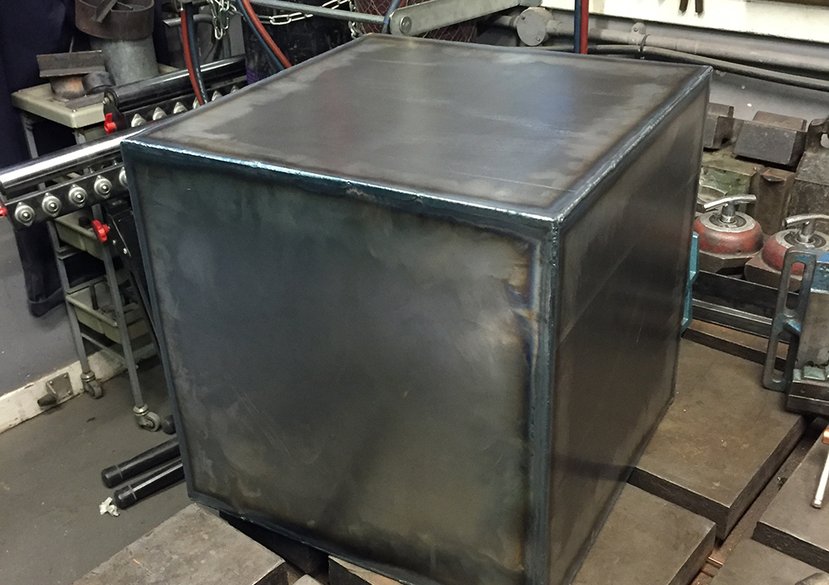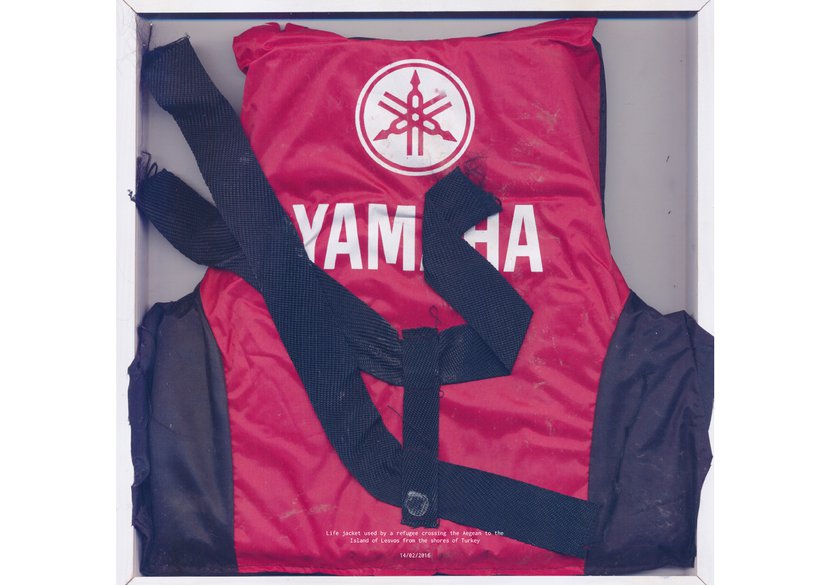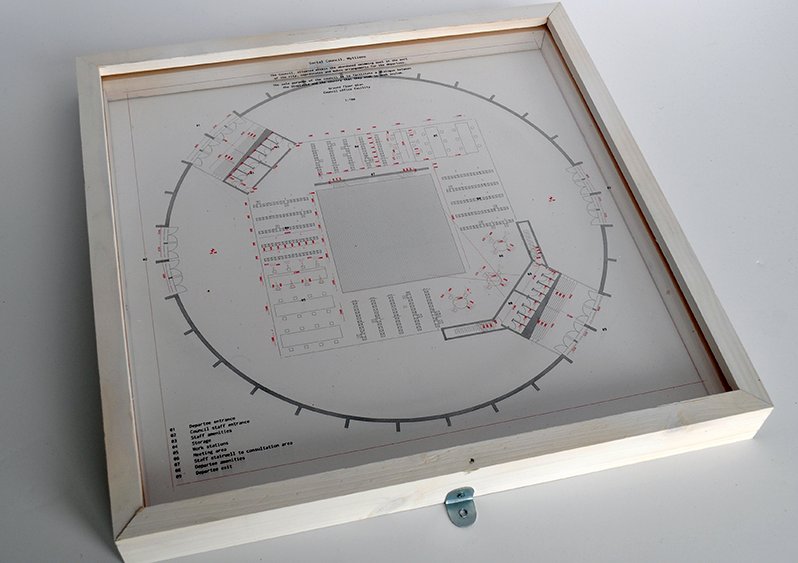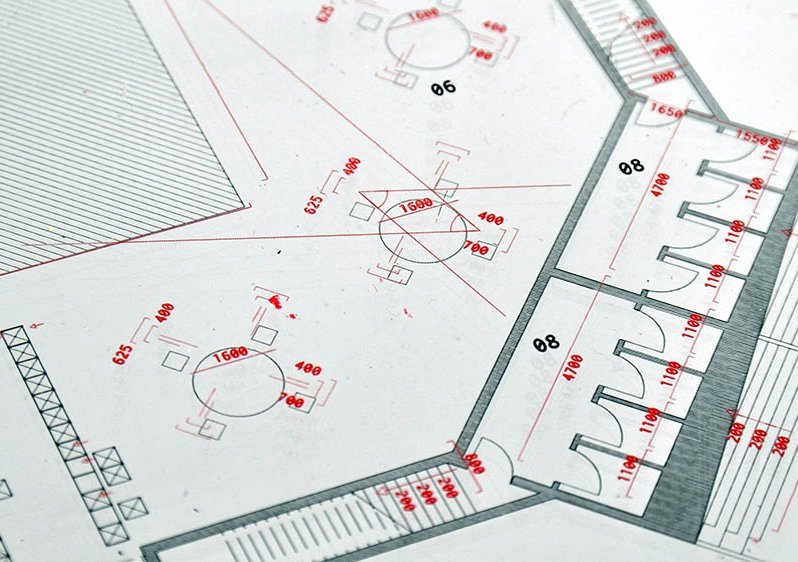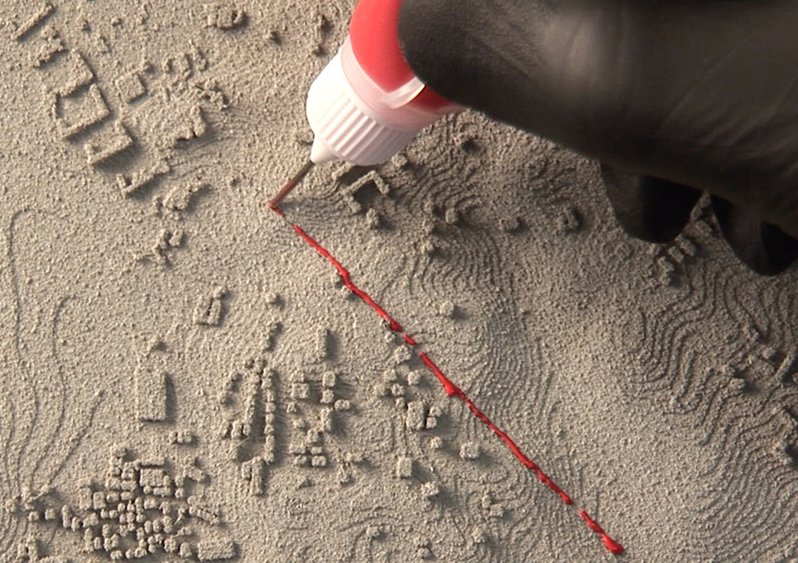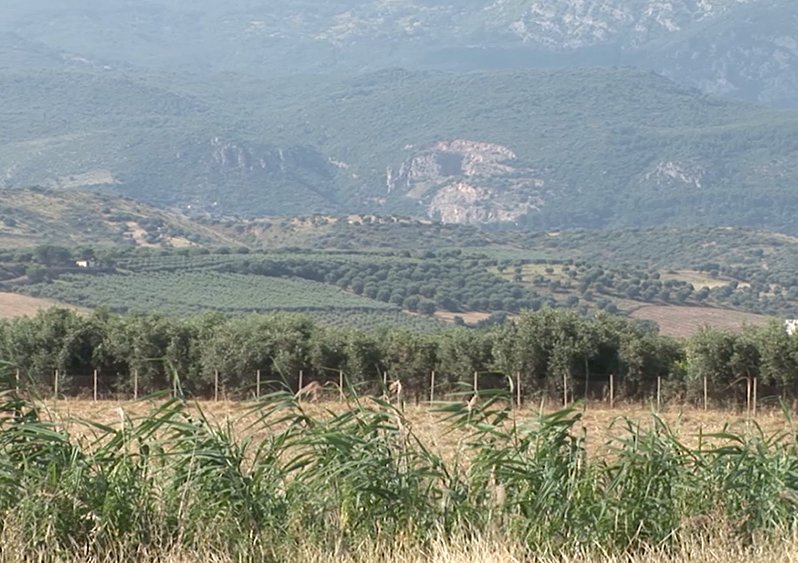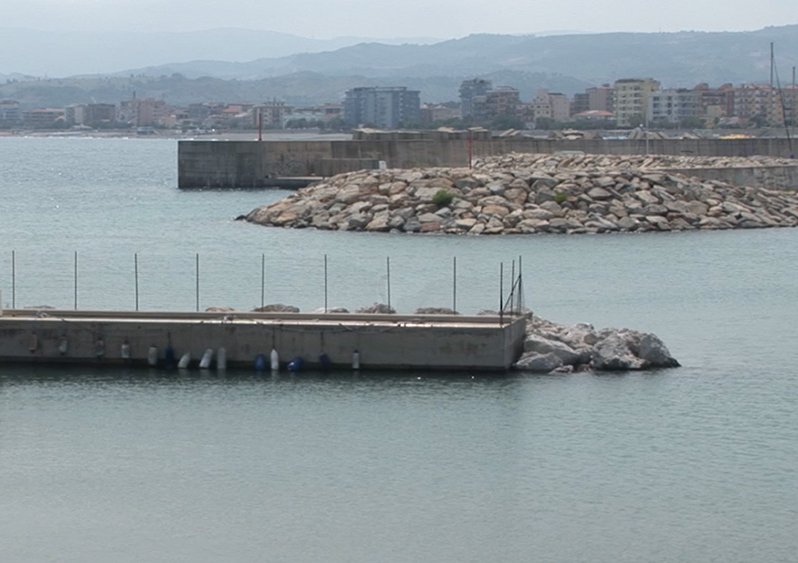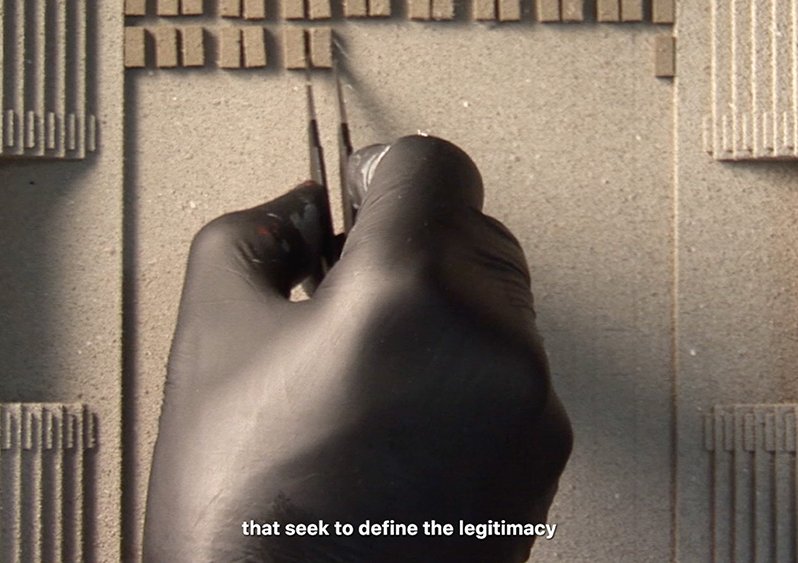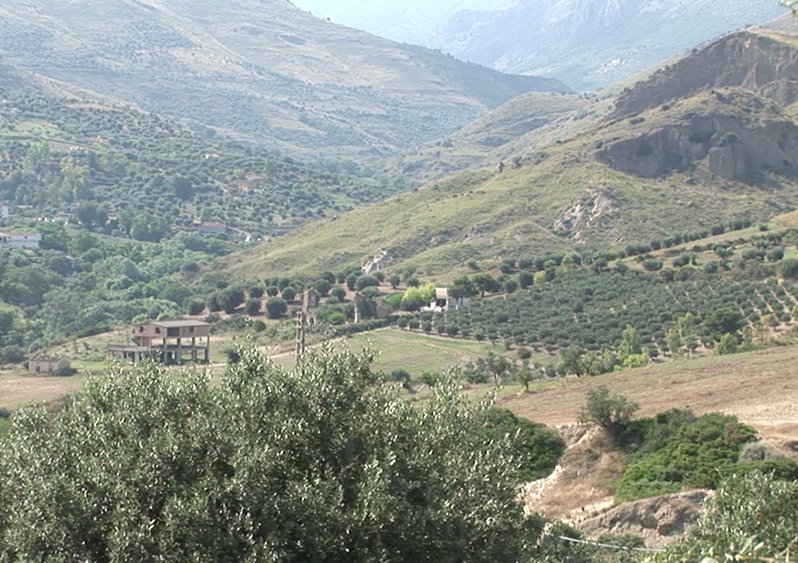
Kamil Dalkir is a researcher, architect and curator. His work focuses on the law and architecture of forced migration, and in particular the financial nature of humanitarian governance and its extractive capacities.
He holds a BA Architecture from the University of Westminster (2008), MSc in Robotics from King's College London (2013), and an MA Architecture from the Royal College of Art (2016). Following his undergraduate studies, he began his professional experience in the office of Massimiliano Fuksas in 2009, where he developed his fabricating and model making skills. Returning to London in 2011, he took up a similar role with the studio of Cecil Balmond, utilising physical models as a design tool. With Balmond Studio, his work extended to exhibition making and production management. He has recently submitted his PhD thesis, which he pursued at the RCA's School of Architecture.
From 2013 to 2020, Kamil worked in collaboration with numerous architects, artists and engineers in the production of models, installations and exhibitions.
Since 2016, he has held an associate lecturer role at the Royal College of Art within the school of Architecture – running a design studio (ADS8 - Data Matter) alongside Marina Otero Verzier and Ippolito Pestellini Laparelli for six years. He currently heads a research studio, RS6: Saharian Becomings, together with Rhiarna Dhaliwal and Maïa Tellit Hawad, as part of the Environmental Architecture MA focusing on traditional agricultural practices of trans-saharan communities.
Key details
School, Centre or Area
Gallery
More information
Research Interests
Since 2015, Kamil has been researching the architecture of forced migration, focusing on what is deemed the largest population movement in history: that which followed the anti-government movements arising in North Africa and the Middle East from 2011 onwards – commonly known as the Arab Spring.
He argues that the naming practice inherent to humanitarian governance and border regimes is that which imprints a tragic legacy of financial extraction and exploitation onto human bodies – through the spatial, political and social implications of the accommodation, mobility and labour associated with the figure of the migrant.
In his work, he aims to highlight how the identities produced and enforced on displaced people are the direct result of a collaboration between law and architecture, wherein the material realities of this infrastructure not only include architecture but also those pieces of paper on which law is inscribed. The semiotic nature of law is not only reserved for policies and protocols but includes forms of digital governance, such as the European Commission algorithm formulated in 2015 for distributing refugees among European member states.
Understanding the processes by which a displaced person is attributed identities as a result of specific assemblages aids Kamil in teasing out the complexities and nuances of border regimes.
Practice
Kamil's practice explores physical models and model making, in conjunction with audio-visual materials and interviews, as forms of evidence production.
For Kamil, these three components create an interdependent approach to documentation. The interviews provide evidence of lived experiences, the audio-visual materials capture visual data, and the physical models offer a tangible, measured, and scalable rendition of the sites which he investigates, along with the human-object interactions that are staged within them.
A driving force of his practice, along with his professional history in model making, is his desire to push the boundaries of contemporary evidentiary practices that are adhered to within advocacy forums – in particular governmental and intergovernmental forums that are charged with deciding refugee rights and policies.
Publications, exhibitions, other outcomes
Publications
Dalkir, K. (2017) Objects / Bodies / Territories, System of Systems, Self-Published
Dalkir K. (2017) Objects / Bodies / Territories, Funambulist Magazine, January / February Edition
Exhibitions
(2024) Notes of Air. Collaboration with 2050+. Salt Institute. Istanbul, Turkey.
(2022) Synthetic Bodies. Collaboration with 2050+. Rotterdam Architecture Biennial. The Netherlands.
(2021) Open. The Russian Federation Pavilion. Collaboration with 2050+. 17th Venice Architecture Biennale. Italy.
(2019) Rights of Future Generations. As part of Adrian Lahoud’s curatorial team. Sharjah Architecture Triennial. UAE.
(2018) Climate Crimes. Collaboration with Adrian Lahoud. Victoria and Albert Museum. London.
(2017) Post-Lenticular Landscapes. Collaboration with Scanlab Projects. Cité Internationale des Arts. Paris.
(2016) Secular Cosmologies. Design og arkitektur Norge (DOGA). Collaboration with Adrian Lahoud. Oslo.
(2016) Shape of the Eclipse. Collaboration with Adrian Lahoud. Sursock Museum. Beirut.
(2016) Mind over Matter: Contemporary British Engineering. Collaboration with AKT II. Victoria and Albert Museum. London.
(2014) Designing with Nature. Collaboration with Exploration Architecture. Architecture Foundation. London.
External collaborations and activities
Kamil Dalkir holds a senior researcher and curator position at interdisciplinary design studio 2050+, based in Milan, Italy.
